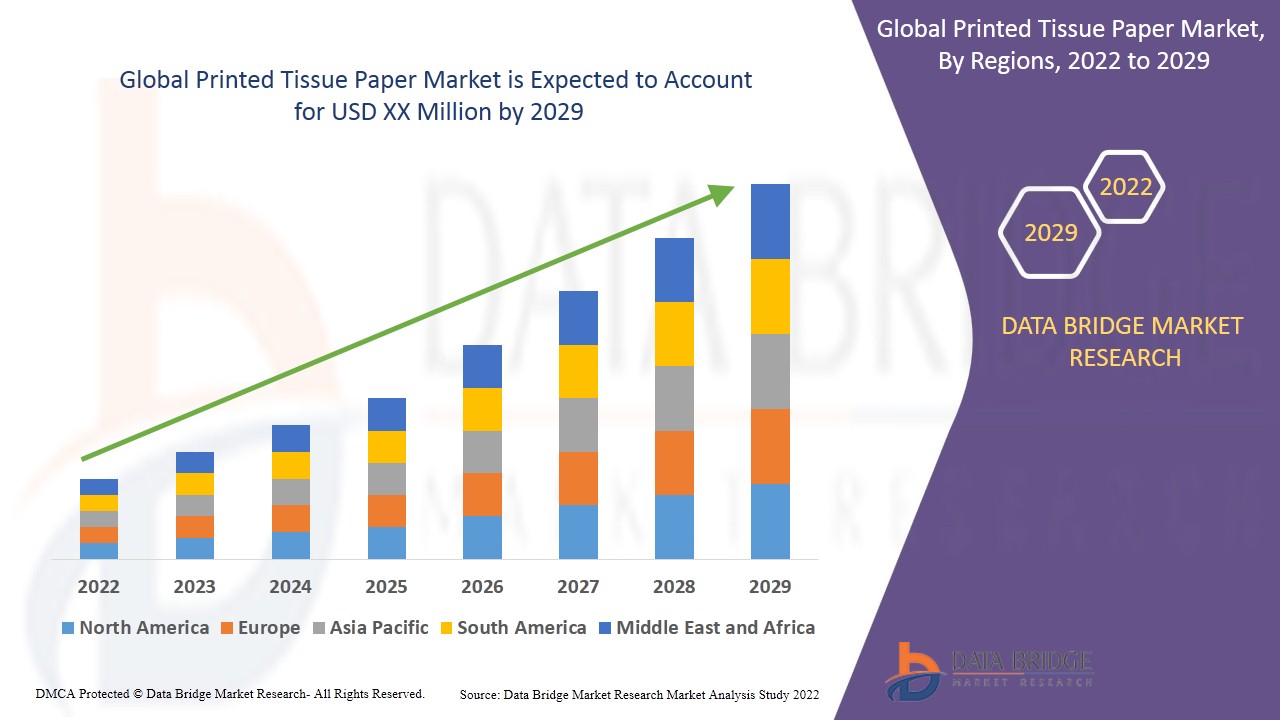The Future of Web Development: Key Trends to Watch
As technology continues to evolve at a breakneck pace, the web development landscape is changing dramatically. Keeping up with these changes is crucial for businesses and developers alike. Leading companies are not only adapting to these trends but also setting the stage for what’s next in web development. Here are some of the most significant trends to watch that will shape the future of web development.
1. Progressive Web Apps (PWAs)
Progressive Web Apps are a hybrid of websites and mobile applications, designed to provide a seamless user experience across all devices. PWAs are fast, reliable, and can work offline, making them an attractive option for businesses aiming to enhance user engagement. Major companies like Twitter and Pinterest have successfully implemented PWAs, resulting in improved performance and increased user retention.
As more businesses recognize the benefits of PWAs, this trend is expected to gain traction. The ability to combine the best features of web and mobile apps means developers will focus on building responsive, efficient, and engaging user interfaces.
2. Artificial Intelligence and Chatbots
Artificial Intelligence (AI) is revolutionizing web development by enabling smarter, more personalized user experiences. AI-driven tools and chatbots can interact with users in real-time, answering questions and providing assistance without human intervention. Companies like Drift and Intercom have integrated chatbots into their websites, improving customer service and streamlining communication.
As AI continues to advance, expect to see more sophisticated applications that analyze user behavior and preferences, allowing businesses to tailor content and recommendations. This trend not only enhances user experience but also increases conversion rates by guiding users through their purchasing journey.
3. No-Code and Low-Code Development
The rise of no-code and low-code development platforms is democratizing web development, allowing individuals without extensive coding knowledge to create websites and applications. Platforms like Webflow, Bubble, and Adalo are enabling entrepreneurs and small businesses to bring their ideas to life without relying on traditional development methods.
As these platforms become more popular, expect a shift in how web applications are built. This trend will empower a wider range of users to participate in the development process, fostering innovation and creativity. Additionally, it will allow professional developers to focus on more complex tasks while streamlining project timelines.
4. Voice Search Optimization
With the growing prevalence of smart speakers and voice-activated devices, optimizing websites for voice search is becoming increasingly important. Companies like Google and Amazon are prioritizing voice search capabilities, changing how users interact with web content.
Web developers will need to adopt strategies that enhance voice search functionality, such as using conversational language in content, optimizing for local search, and implementing structured data. As voice search continues to grow, businesses that prioritize this trend will likely gain a competitive edge in reaching their audience.
5. Responsive Design and Mobile-First Development
Responsive design has become a standard in web development, but as mobile usage continues to dominate, the emphasis on mobile-first development is growing. This approach prioritizes the mobile experience during the design phase, ensuring that websites are optimized for smaller screens and touch interactions.
Leading companies like Google and Facebook have embraced mobile-first design, recognizing that a significant portion of web traffic comes from mobile devices. As more users access websites on their smartphones, expect developers to focus on creating seamless, intuitive mobile experiences that cater to this growing audience.
6. Enhanced Cybersecurity Measures
As web development evolves, so do the threats that come with it. Cybersecurity is a critical concern for businesses, and leading companies are implementing enhanced security measures to protect user data and maintain trust. This includes adopting HTTPS protocols, regular security audits, and employing advanced encryption methods.
As data breaches become more common, businesses that prioritize cybersecurity will not only safeguard their operations but also build a reputation for reliability and trustworthiness. Expect to see more emphasis on security in web development practices as companies strive to protect their users and themselves from potential threats.
Conclusion
The future of web development is filled with exciting trends that promise to reshape the digital landscape. From the rise of Progressive Web Apps and AI-driven interactions to the democratization of development through no-code platforms, businesses must stay informed to remain competitive. By embracing these trends, companies can create engaging, efficient, and secure online experiences that meet the evolving needs of users.
As we move forward, keeping an eye on these developments will be crucial for anyone involved in web development. Whether you’re a business owner, developer, or simply interested in the digital world, understanding these trends will help you navigate the future of web development with confidence.














Post Comment